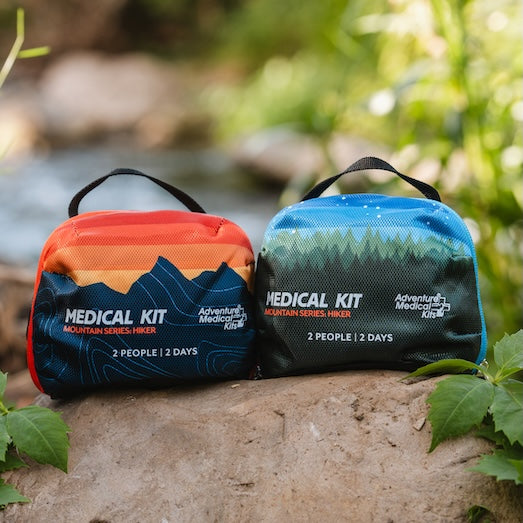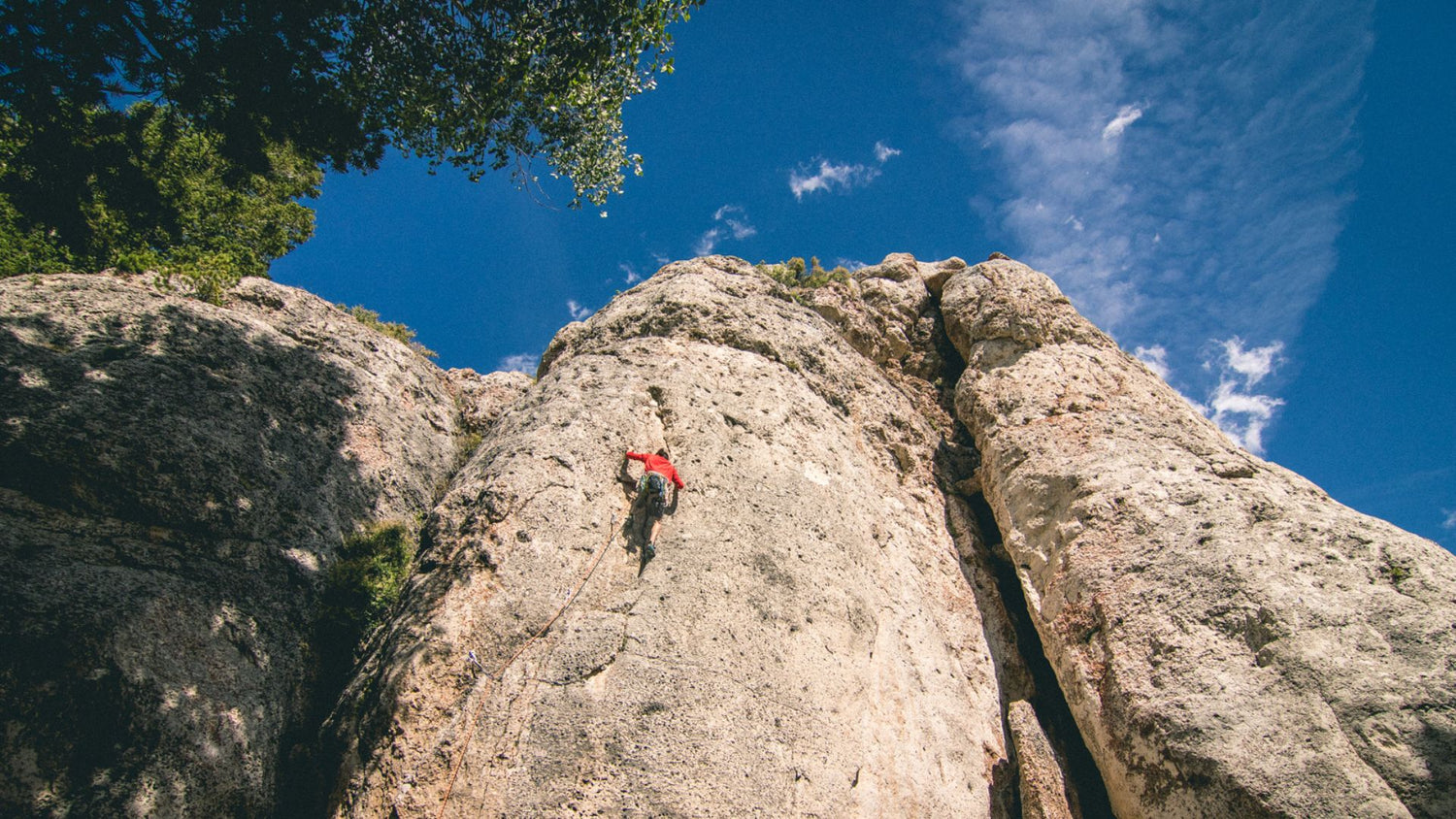If you have been reading Adventure Equipped for any amount of time, you’ll have heard me rant about preparing your route, pack, first aid kit, trip plan, and even your soft skills for the backcountry. While all of these are important, the first part of planning any trip is selecting your partners, whether you’re looking for a climbing partner or any type of adventure buddy.
How do you know if someone is a good climbing partner?
There are a number of factors that make up every adventure: risk, type of fun, reward and rate of success. Different people weight these factors differently: some are willing to take higher risks, while some want to make sure than an adventure is objectively fun.

One of the most important aspects of choosing a climbing partner (or any adventure buddy) is to make sure that you both weight these factors similarly. It’s important to communicate with your adventure partners to ensure that everyone is on the same page regarding these factors. Here are some ideas of what questions to ask to start a conversation with potential climbing partners.
Risk Analysis
How can we keep the margin of safety in our favor? When does the risk outweigh the potential reward?
Types of Fun
What type of fun do we want to have on this adventure? (See below for my definitions of types of fun) Is there a point where the adventure has gone too far and we need to dial it back to make sure everyone is still having fun?
Type 1: A “normal” person’s definition of good, clean fun. Enjoyable while it’s happening, and there are no long term consequences.
Type 2: Energizing fun, but this type of fun leaves you sore or requires a mandatory rest day.
Type 3: Adrenaline spiking fun; however, it was hard to finish, and you may have bonked or calorie crashed. While this type of fun makes for a great story with your buddies over a beer, you’re not making any plans to do this again any time soon.
Type 4: Exhausting fun that has you digging deep half way though. You knew that the adventure was going to be ambitious going in, and you’ll need days or weeks to recover. You are not sure you want to do something like this again.
Type 5: The Epic. When you’ve planned a Type 4 fun adventure, but it went wrong. Somehow you messed up and you swear nothing like this will ever happen again.
Reward
What will you get out of accomplishing the goal? What makes the risk and potential for suffering worth it?
Rate of Success
Is this within our abilities? What are the chances we can actually pull this off? How ambitious are we being?
Ok, I’ve found my dream climbing partner, now what?
Now, you want to start looking for an objective to tackle together.
When looking at an objective, you want to pick something within your rate of success. Like all the variables, this is personal. Personally, I’m willing to stretch the potential for success, or increase the likelihood of failure, based on an increased reward. Playing in the outdoors can be selfish, and often your goals are paramount.
When working with a partner, as opposed to playing with a paid guide, you can be selfish and work to achieve your goals above all else assuming you and your partner are on the same page. On the other hand, if you’re a paid guide, or if you’re going out with people who weight the adventure factors differently than you, you will need to adjust your goals.

For example, guides take clients out on adventures way below their own personal threshold. They ensure that the risk remains low and that the rate of success remains high. Were they to go out on their own, these factors would be weighted differently. When I go out with my wife as my climbing partner, I know that she likes to stay below type 3 fun, so when planning an adventure with her, I have to adjust the other factors accordingly.
It’s so important that anyone traveling in a “risky” location or scenario be on the same page as you. The military does this well, by ensuring everyone has the same standard and level of training as well as trust in each other. While you may have a different level of experience and skill than your climbing partner, it is important to be able to communicate and acknowledge how each partner weights the adventure factors in planning an objective. As it becomes easier to find a adventure buddies over social media (like Mountain Project, Instagram, or Facebook), the same level of vetting and communication needs to go into these partnerships.
What happens if something goes wrong and you clash with your adventure buddy?
Sometimes, you have partnership ending scenarios. A few years back, I planned a trip with a climbing partner. We were days of travel, thousands of dollars, and months of planning into a trip. We came across a scenario in which I did not believe the risk was worth the reward and that our rate of success was low.
In many more words, my partner indicated that I was letting safety get in the way of the objective and, to him, this was unacceptable. This represented a fundamental difference in how we weighted adventure factors, and I no longer thought that climbing with him was safe. We never climbed together again after that. All of my current climbing partners have had similar experiences. It’s okay to split, especially when you clash on risk vs. reward.
My mom always told me: “You’re only as good as the company you keep.” This resonates in outdoor adventure, especially when entering into Type 3 fun or above. You want to ensure your partners value the same factors, be it safety, fun, or something else.
Making the best worst memories for both of you
They say alpinists have the worst memories, because we love Type 3 and 4 fun so much. I say that we have the best memory. We strive to have adventures that balance all of the aforementioned adventure factors. These factors, as well as the objective, determine the group of partners I’m bringing along.

When going into any objective, you need to know your players, your risks, your likelihood of success, and what level of fun you’re striving to have. The best place to be coming into an adventure is amped, not scared, and the best place to be coming out of an adventure is a feeling of achievement, not feeling like you never want to try that again.
By communicating with your partners, and making sure that everyone is on the same page regarding goals and values, you can ensure that everyone has the appropriate level of fun, remains safe, and maximize the rate of success.














